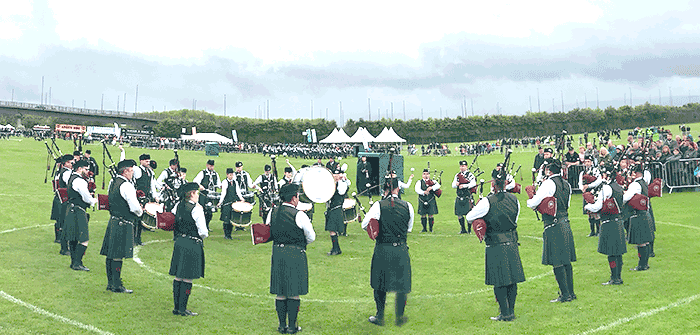
I had not anticipated my article on Piping Press about the recent World Pipe Band Championships would generate debate about the circle formation for competing bands.
My reference to containing and balancing the sounds with the circle formation were intended merely as a reference to only one of the aspects of the original thinking when the circle formation was introduced. I also did not suggest any preference for either a closed circle or semi-circle formation.
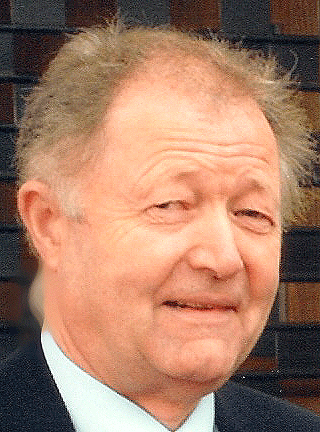
By Alistair Aitken OBE
I have no strong views about either but I am well aware that there are differing views regarding the two formats. I also agree, as the Editor of Piping Press suggested, that changes needed if a semi-circle were to be introduced would not be insurmountable.
My understanding, from my involvement in the former RSPBA Historical Research Group, was that the original thinking was that the bands should play within a hollow square so that the spectators could best hear the performances either standing or seated around three sides of that square.
The open side of the square allowed for the bands to enter the arena, start from a static position (i.e. a starting line), and then march into the competing circle taking their timing for the first tune of the performance from the introductory drum rolls, before settling into a circle formation.
The other advantages of the circle were seen to be to help contain the collective band sound; and also to allow the Pipe Major, Leading Drummer and Bass Drummer the opportunity to watch each other to help maintain the band’s timing and integration (and the other players to watch them for the same reasons). Like the Editor I doubt that any detailed research was undertaken at the time.
There has been little change in the formation over all these years apart from minor adjustments to the measurements, which the RSPBA rules state are only a guide to the bands. At RSPBA competitions the competing arena normally has a band starting line 14 metres from the centre of the circle. There are in effect two circles.
The inner circle, designed for the players to position themselves around, has a diameter of eight metres. The outer circle with a diameter of 14 metres is intended to ensure that the adjudicators are never closer than three metres from the players.
In reality these dimensions these days only act as a general guide. Players often stand over the smaller circle and close to, or over, the outer. In particular, this is because of the increased size of the top bands.
What has changed, however, is the formation of the bands themselves. The Bass Drummer normally stands sideways so that the sound projects to the pipers and the drummers. The position of the greater numbers of Tenor Drummers can vary from being part of the circle or within the circle and either facing the pipers or the drummers.
These formations can affect the sound projection and balance of the overall band from an adjudicator perspective. Another change has been the introduction of the main stand for spectators at the Worlds which in reality covers only two sides of a square, being L-shaped. The third side has spectators standing at ground level.
It is also fair to say that you can hear different sound projections as a spectator from different sections of the existing main stand or the spectator standing area at the World Championships.
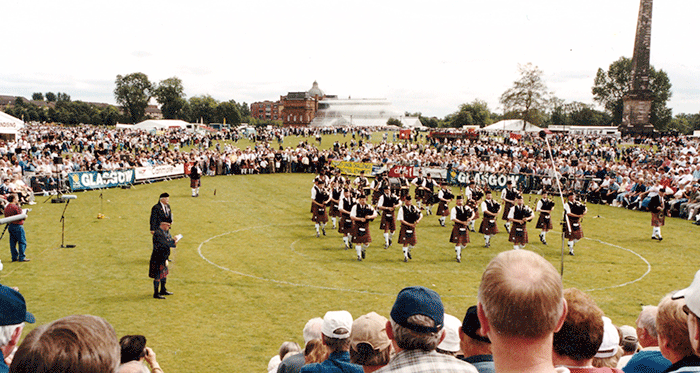
The number and positioning of the adjudicators has of course also changed. Originally the piping and drumming adjudicators were in enclosed tents and could not see the bands, so arguably were hearing the sound projection in roughly the same way (although there were many conspiracy theories about that).
An ensemble adjudicator was added in 1970 and later the number of piping adjudicators was increased to two. These days the four adjudicators are free to listen from where they prefer provided that they are at least three metres from the outer competing circle (or the players). Advice on adjudicator optimum positioning in my day was given as part of the adjudicator training programme but it is not compulsory.
There is a strong argument that adjudicators hear differing sound projections depending on where they stand or walk, particularly the ensemble and drumming adjudicators, most of whom tend to operate at opposite ends of the circle.

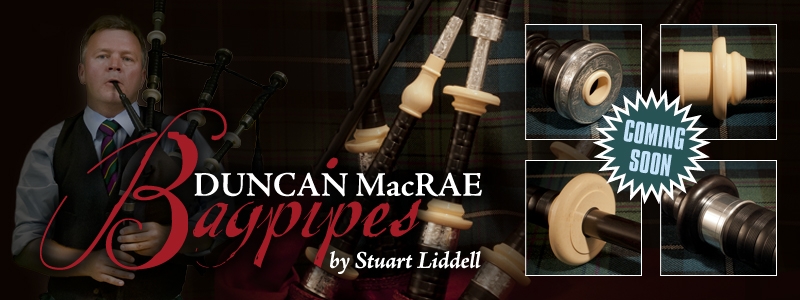






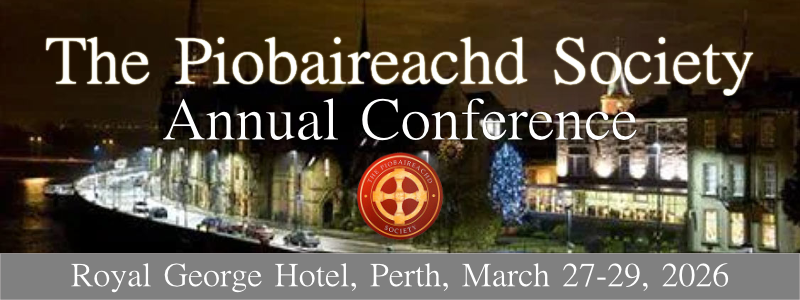

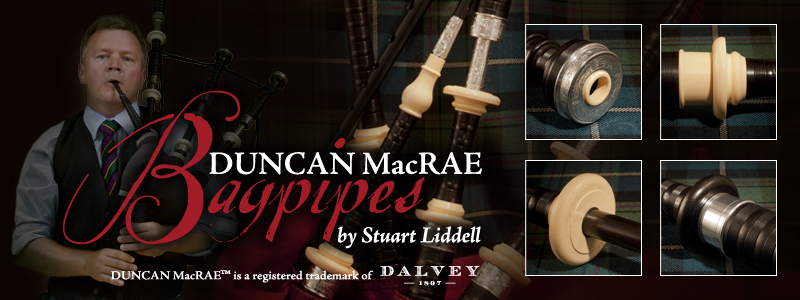
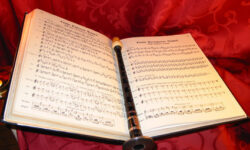
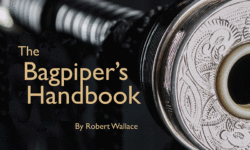
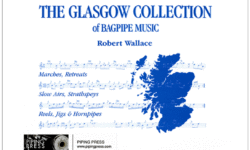

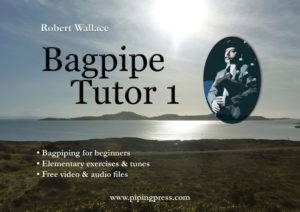
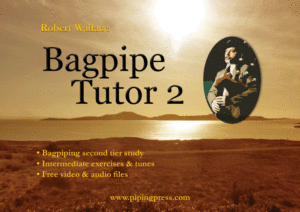

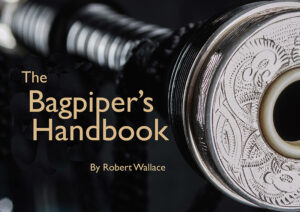
In my opinion, this is one of two issues deserving of rigorous discussion that will hopefully put both to rest once and for all. The first is the size of pipe bands, and I will say no more as that is not the topic of this article.
I believe that the sole focus of a pipe band competition should be to ensure that bands have an equal opportunity to present their best musical performance. Judges should be allowed the ability to listen critically and equally to all performances.
An argument can be made for the circle formation where Piping and Ensemble judges are confined to an area at the top of the circle and the drumming judge to an area behind the drummers. Equally, an argument can be made for an “open” formation with judges positioned at the best vantage point. Both options would eliminate judges roaming the formation and focusing on “parts” rather than the whole.
Spectators should be the least of considerations. Although their interest is great and audience appreciation is a welcome addition to the event, the essence and purpose of the contest must be maintained above all else.